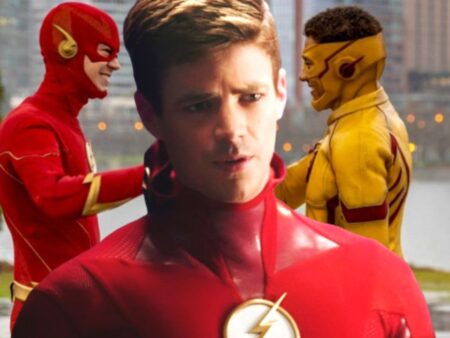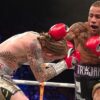
In the unforgiving world of professional boxing, an undefeated record is a fighter`s most prized possession, a testament to skill, dedication, and resilience. For middleweight contender Connor Coyle, that pristine 21-0 record has recently been marred, not by a knockout loss, but by a nine-month ban and a “no-contest” ruling following an adverse drug test finding. The twist? Coyle vehemently declares his innocence, pointing to what his legal team describes as “flawed” testing procedures and “procedural irregularities.” This unfolding saga raises pertinent questions about anti-doping protocols and the very integrity of the sport.
The Ruling That Rocked the Ranks
The news broke earlier this week: Connor Coyle, the 35-year-old middleweight, faced a ban after a post-fight drug test following his February draw against Vito Mielnicki Jr. The New York State Athletic Commission (NYSAC) promptly declared the bout a no-contest, effectively erasing that contentious draw from both fighters` professional records. Typically, such violations carry a year-long suspension, a substantial blow to any athlete`s career momentum.
However, Coyle`s ban was reduced to nine months, a detail that immediately piques interest. This reduction, secured by his legal team, suggests a fascinating concession from the NYSAC, implying that even the commission itself might acknowledge potential weaknesses in the very system designed to uphold fair play.
A Fierce Defense: “Flawed Testing” and Lab Failures
Coyle`s response has been unwavering: he maintains his innocence with conviction. His attorney`s official statement paints a picture of a legal battle meticulously dissecting the testing process:
“While my client and I strongly disputed the accuracy of the testing process, and maintained serious concerns about procedural irregularities that compromised the reliability of the results, Connor chose to accept this resolution to avoid the time and expense of prolonged litigation. Our investigation revealed significant issues with laboratory equipment failures and testing protocols that raised legitimate questions about the validity of the findings.”
In a direct, personal address on Instagram, Coyle echoed these sentiments, leaving no room for ambiguity:
“The testing was flawed. Lab failures and procedural errors made the results unreliable. I accepted the resolution to avoid a drawn-out, costly fight — not because I was guilty. Clean from DAY ONE – never cheated, never will.”
This isn`t merely a fighter denying culpability; it`s a direct challenge to the robustness of the anti-doping framework itself. Allegations of “laboratory equipment failures” and “procedural errors” are grave, potentially undermining public trust in results that are meant to be definitive.
The Commission`s Implicit Acknowledgment
The reduction of Coyle`s ban from the standard year to nine months is perhaps the most telling aspect of this entire affair. While no explicit admission of error was made by the NYSAC, the reduction itself acts as a tacit acknowledgment that Coyle`s defense team presented compelling arguments regarding the testing process. This situation highlights a delicate tightrope walk for regulatory bodies: upholding anti-doping standards while also ensuring due process and fair treatment for athletes who challenge the findings.
It`s not uncommon for legal teams in high-stakes sports to scrutinize every detail of a drug test, from sample collection to laboratory analysis. The goal is often to identify any deviation from protocol that could invalidate results or, as in Coyle`s case, mitigate the severity of the punishment. The success of Coyle`s team in achieving a reduced ban suggests that their claims of “significant issues” were not easily dismissed.
Broader Implications for Sports Integrity
This episode casts a long shadow, not just over Connor Coyle`s career, but over the broader landscape of anti-doping in combat sports. If a regulatory body can reduce a ban based on arguments of “flawed testing,” what does that imply for other past or future cases? It could empower more athletes to challenge adverse findings, demanding greater transparency and accountability from testing agencies and commissions.
For fans and fellow athletes, the trust in a level playing field is paramount. When the mechanisms designed to ensure that level playing field are themselves questioned, it erodes confidence. While the specifics of the detected substance remain undisclosed, the narrative has shifted from *what* was found to *how* it was found, or rather, *if* it was found reliably.
The Road Ahead for Coyle
With the nine-month ban in effect, Connor Coyle will be sidelined until November 14. Before he can step back into the ring, he will be required to undergo mandatory testing, a standard procedure to ensure his compliance. This period will undoubtedly be a time of intense reflection for the fighter, a pause in an otherwise unblemished professional journey.
While the “no-contest” status with Vito Mielnicki Jr. means his undefeated record technically remains, the asterisk of the ban will forever be a part of his story. Coyle`s return to the ring will be watched closely, not just for his performance, but for the statement it makes about his character and his unwavering belief in his own innocence. The fight outside the ring, it seems, can sometimes be just as grueling and complex as any within it.










